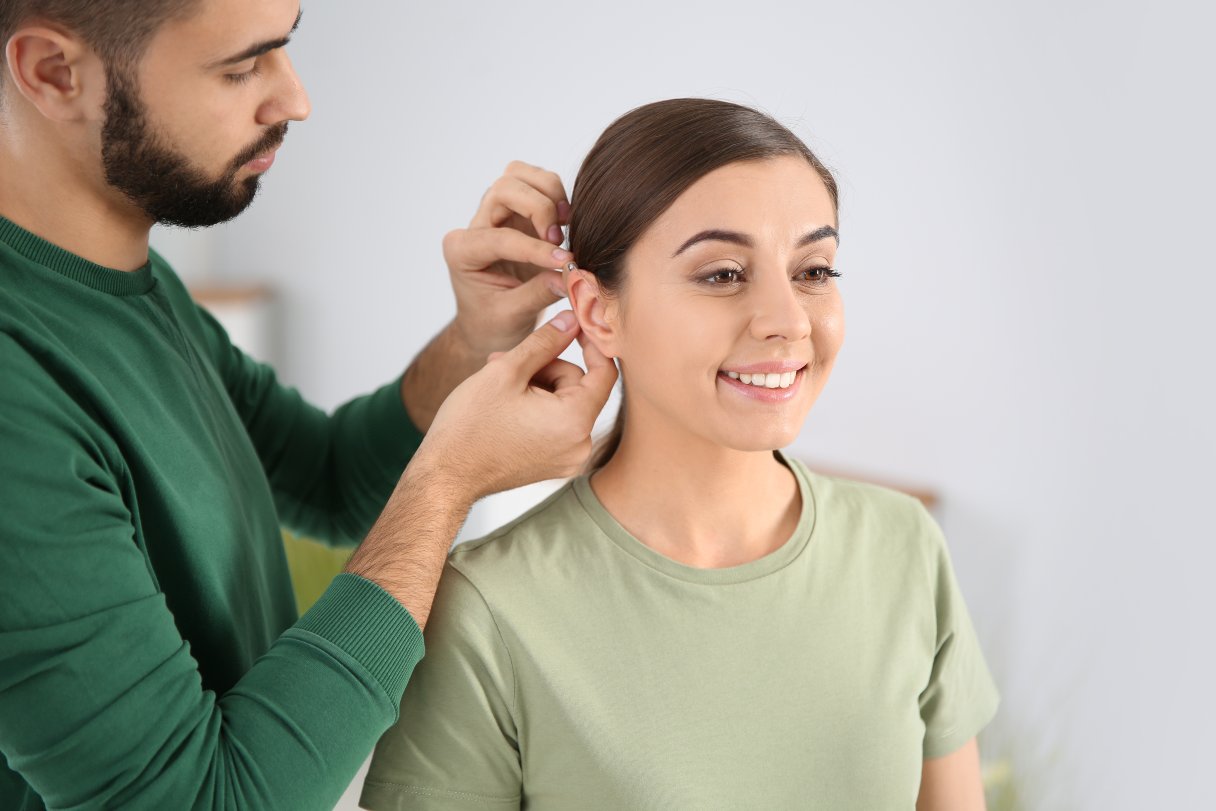Imagine having a straighter, more beautiful smile. For many adults, it’s a dream they’re not putting off any longer. In fact, an increasing number — more than 1.6 million, by some counts1 — are undertaking orthodontic treatment to get the smile they’ve always wanted. If you’re considering straightening your teeth, here’s what you need to know about adult orthodontics.
Benefits of orthodontics for adults
You may have lived with misaligned or overcrowded teeth, gaps or an overbite for years. But left untreated, those issues could be causing or putting you at risk for trouble, including headaches and jaw pain, tooth decay, infection and gum disease.
On the other hand, fixing these tooth troubles can enhance the appearance of your smile and improve your oral and overall health, while decreasing the risk of future dental problems.
And it’s never too late to get started. Sibylla N., a CareCredit cardholder, recalls that she had been thinking about pursuing an adult orthodontics solution for quite a while. “I had been circling around Invisalign for quite some time, because my teeth started shifting, and I had been self-conscious,” she says. The turning point came when Sibylla realized she had stopped smiling in photographs. “That was it for me,” she says.
Sibylla talked with her dentist, learned she could use CareCredit for the treatment and made a decision to start with Invisalign. Less than four months later, her teeth were straight. “So now I can smile open mouth — no more Mona Lisa, and I’m very happy,” she says.
What are the differences between child and adult orthodontics?
Age is rarely a factor in determining whether or not you can have successful orthodontic treatment. And the basic process of straightening teeth is the same regardless of age: Orthodontic devices put pressure on your teeth, causing them to move.
However, adults may face unique challenges compared to children. For instance, since adults tend to have greater bone density and are no longer in a growth phase, it may take a little longer for their teeth to move. Still, most adults see the results they want in 18 to 22 months.2
Treatment might also be impacted if you clench or grind your teeth, have had teeth extracted, have low bone density or have gum disease — issues more likely in adults than children. Adults may also be at greater risk for temporomandibular jaw disorder
Your orthodontist should consider all of these factors and discuss possible risks with you before beginning treatment.
What are the similarities between child and adult orthodontics?
Just like kids with braces, adults undergoing orthodontic treatment should expect to:
- Visit the orthodontist every four to six weeks for checkups and adjustments
- Avoid hard and sticky foods that can damage orthodontic appliances
- Brush and floss longer, since keeping your teeth clean can be more challenging with orthodontics
Like kids, adults can typically choose from several different types of braces and other orthodontic treatment options, including traditional braces, ceramic braces and clear aligners.
What do adult braces or orthodontics cost?
The cost for adult orthodontic treatment varies based on factors like the severity of your dental problem, how long treatment lasts and the type of adult braces or other orthodontic treatment. In general, though, the price can range from about $3,000 to $8,000.2 Many health or dental insurance benefits will cover at least part of the expense. Others may limit benefits to children under age 18 or to cases where there is a medical reason for treatment.
Your orthodontist should review price with you during a consultation, before treatment begins. This is also the time for you to ask questions and work with your orthodontist to decide which treatment option is best for you.
Remember that the CareCredit credit card gives you an easy way to pay for orthodontic services and treatment that insurance doesn’t cover.* You can use the Acceptance Locator or CareCredit Mobile App to find a provider near you that accepts the CareCredit card.







